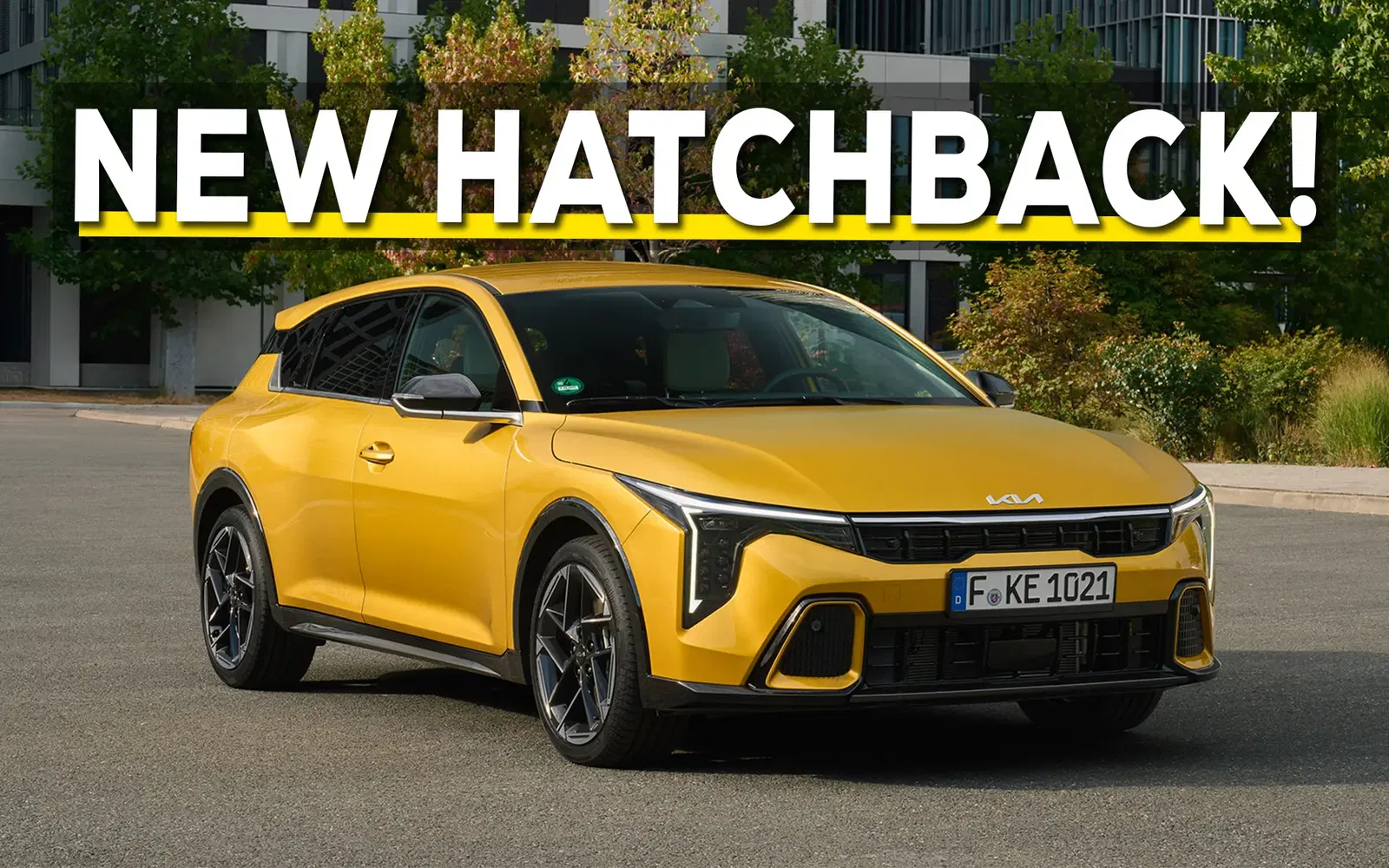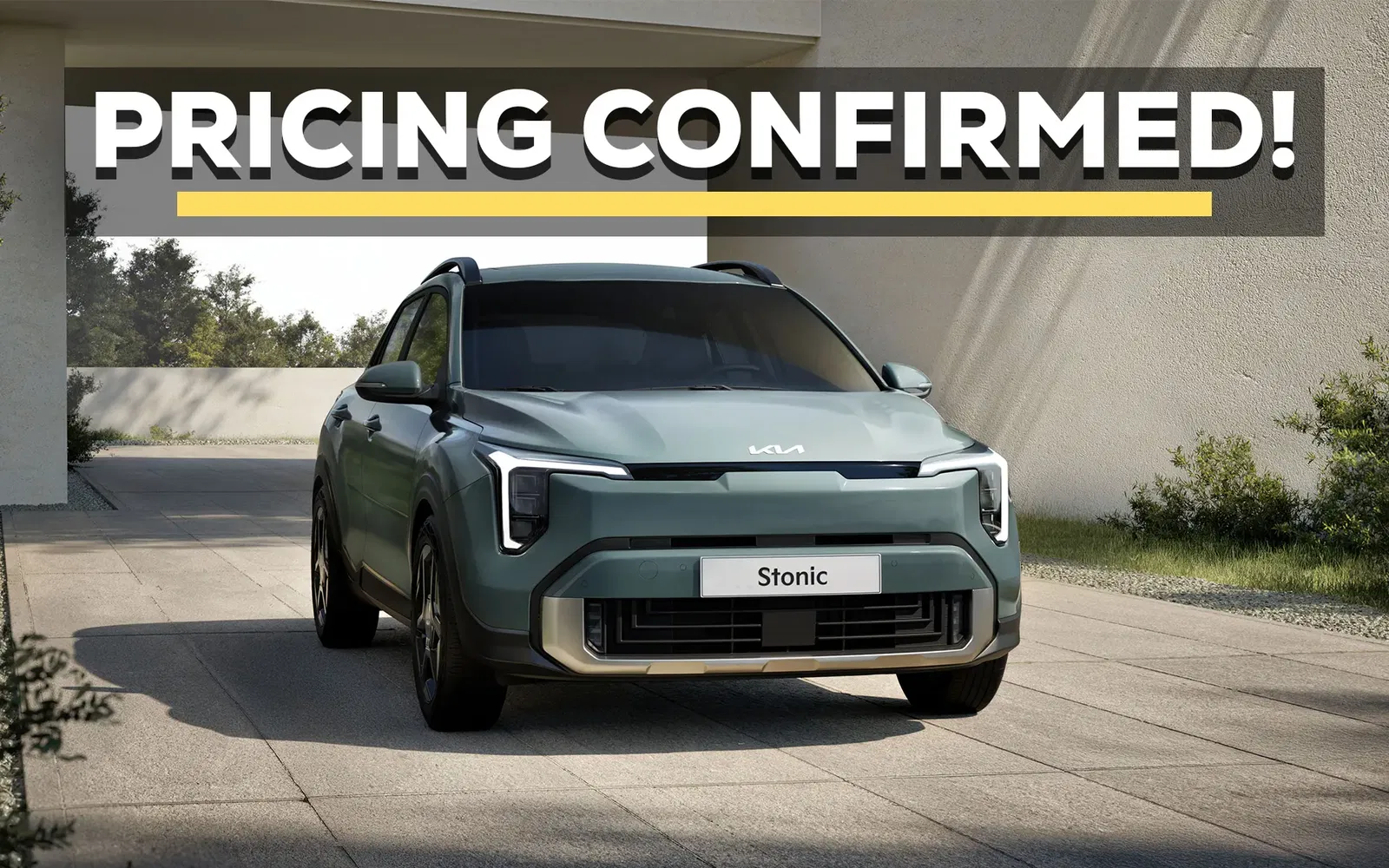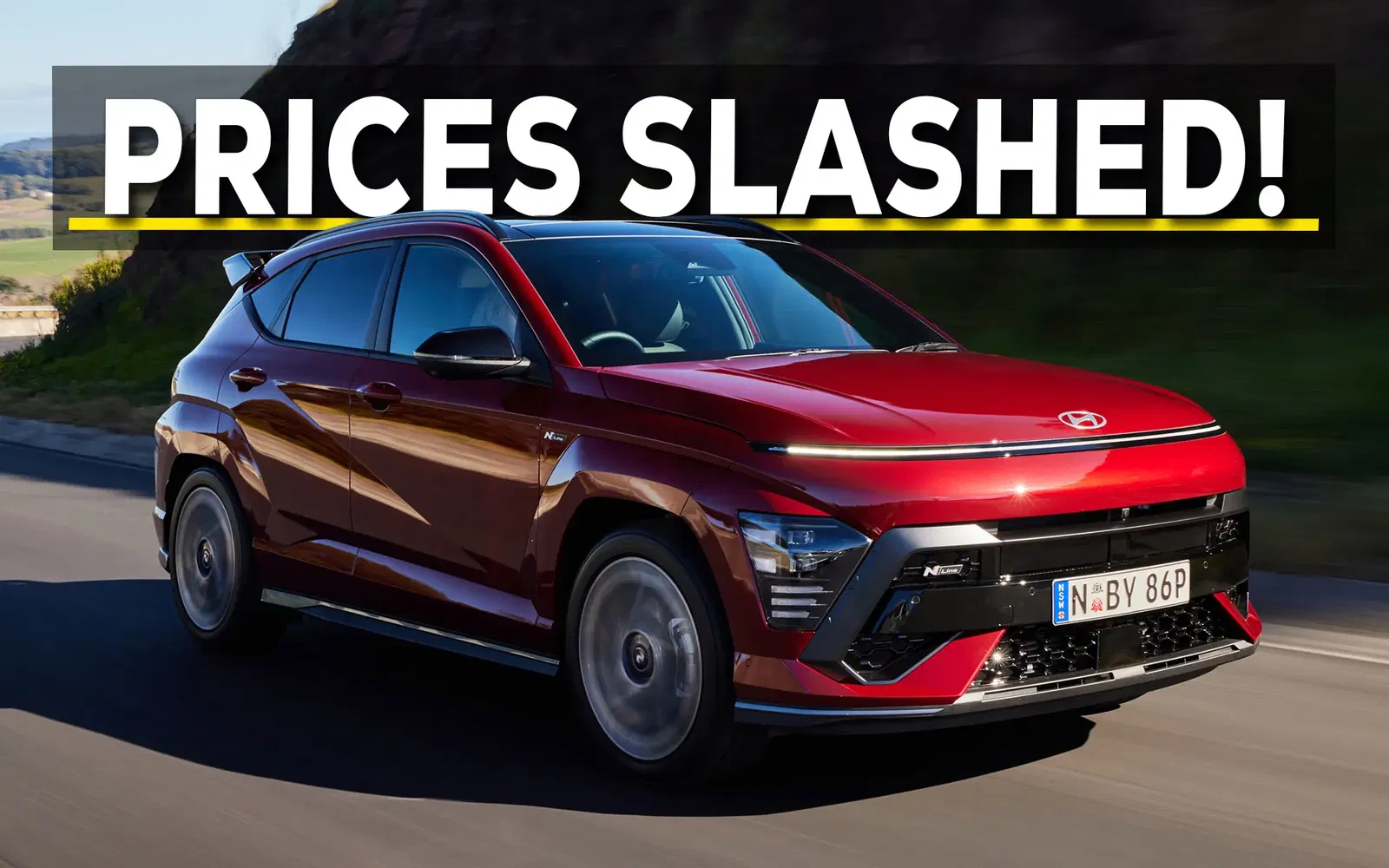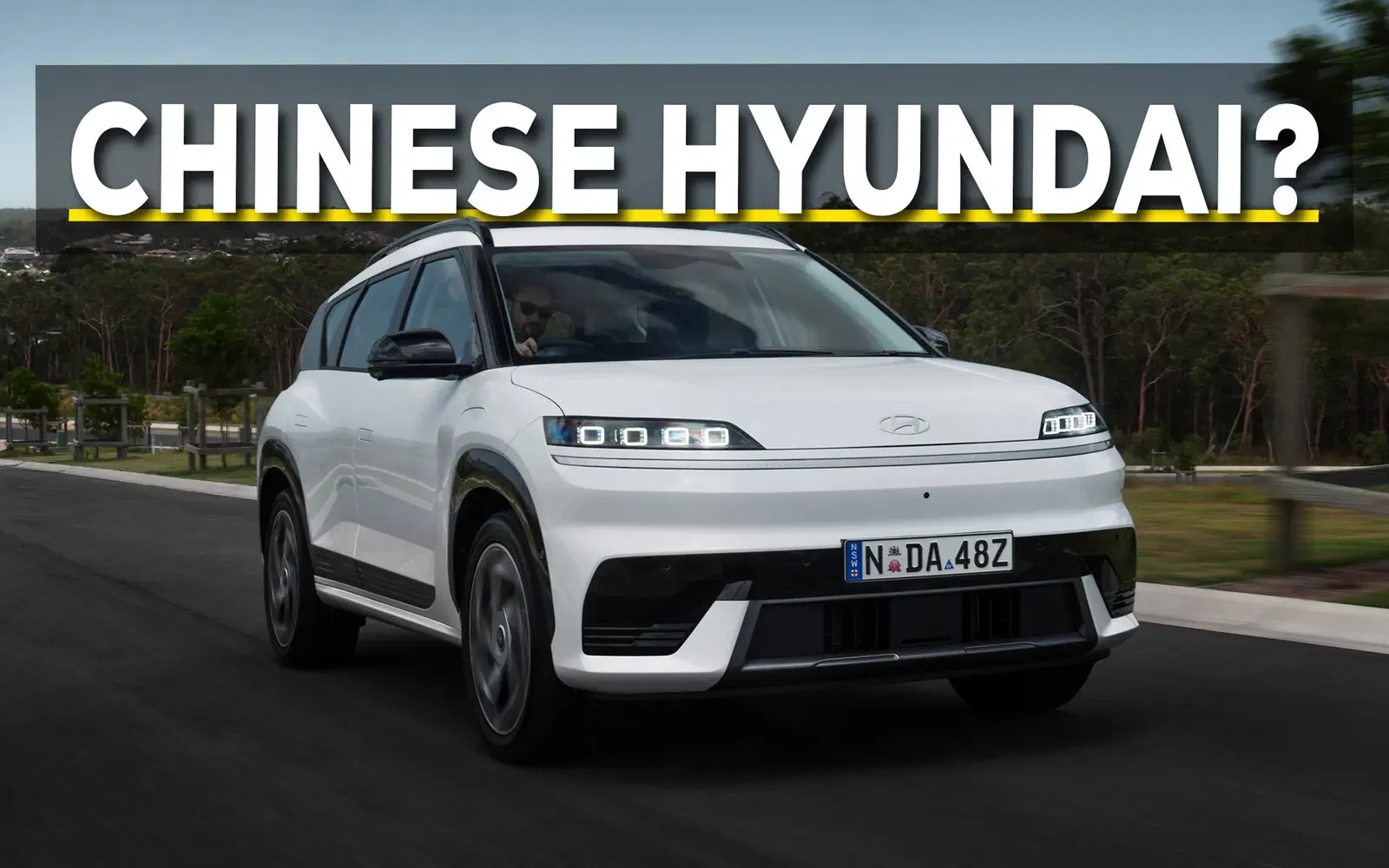Kia is in the process of developing the GT1, an all-electric sedan intended to succeed the Stinger. This development was highlighted in Kia’s Union New Car Production Schedule, indicating that production of the GT1 is planned to start in 2026 at the Hwaseong Plant 3, as reported by thekoreancarblog.

The GT1 represents Kia's initial venture into using a new electric vehicle-specific platform, termed “eM.” This platform is part of Hyundai Motor Group's (HMG) next-generation development efforts, following the E-GMP architecture which supports current models like the Kia EV6, EV9, Hyundai IONIQ 5 and IONIQ 6, and the Genesis GV60. The upcoming Genesis GV90, expected in 2025, will also employ this platform, positioning the GT1 within the E-segment and as a successor to the Kia K8.
.avif)
In terms of technical details, the GT1 is expected to feature a battery capacity of 113.2 kWh, which would be the largest battery capacity utilized by Kia to date, exceeding the capacity of the EV9's 99.8kWh battery pack. This capacity aims to enable the GT1 to achieve a range of between 700 to 800 km on a single charge, aiming to compete with other high-capacity EVs like the Mercedes-Benz EQS, which has a 107.8kWh battery and can achieve up to 750 km of range under the WLTP standards.

The powertrain of the GT1 is projected to offer a maximum output of 450 kW (612 hp), delivered through a combination of a 200 kW front motor and a 250 kW rear motor. This output exceeds that of the EV6 GT, which has a total output of 430 kW. Additionally, Kia plans to offer different configurations for the GT1, including an entry-level model with a single 160 kW (218 hp) rear motor, and an all-wheel-drive version that adds a 160 kW front motor for a total of 320 kW (435 hp).
.avif)
The new platform and powertrain technology will also be shared with other Hyundai Motor Group brands, including Genesis, indicating a group-wide strategy to incorporate these advancements into future models. These vehicles, currently under development, are slated for launch from the end of 2025 to 2026, marking a significant step in the group's EV strategy
FAQ
Sign up to our newsletter
Be the first to know when we drop new car reviews.
.avif)

.webp)







